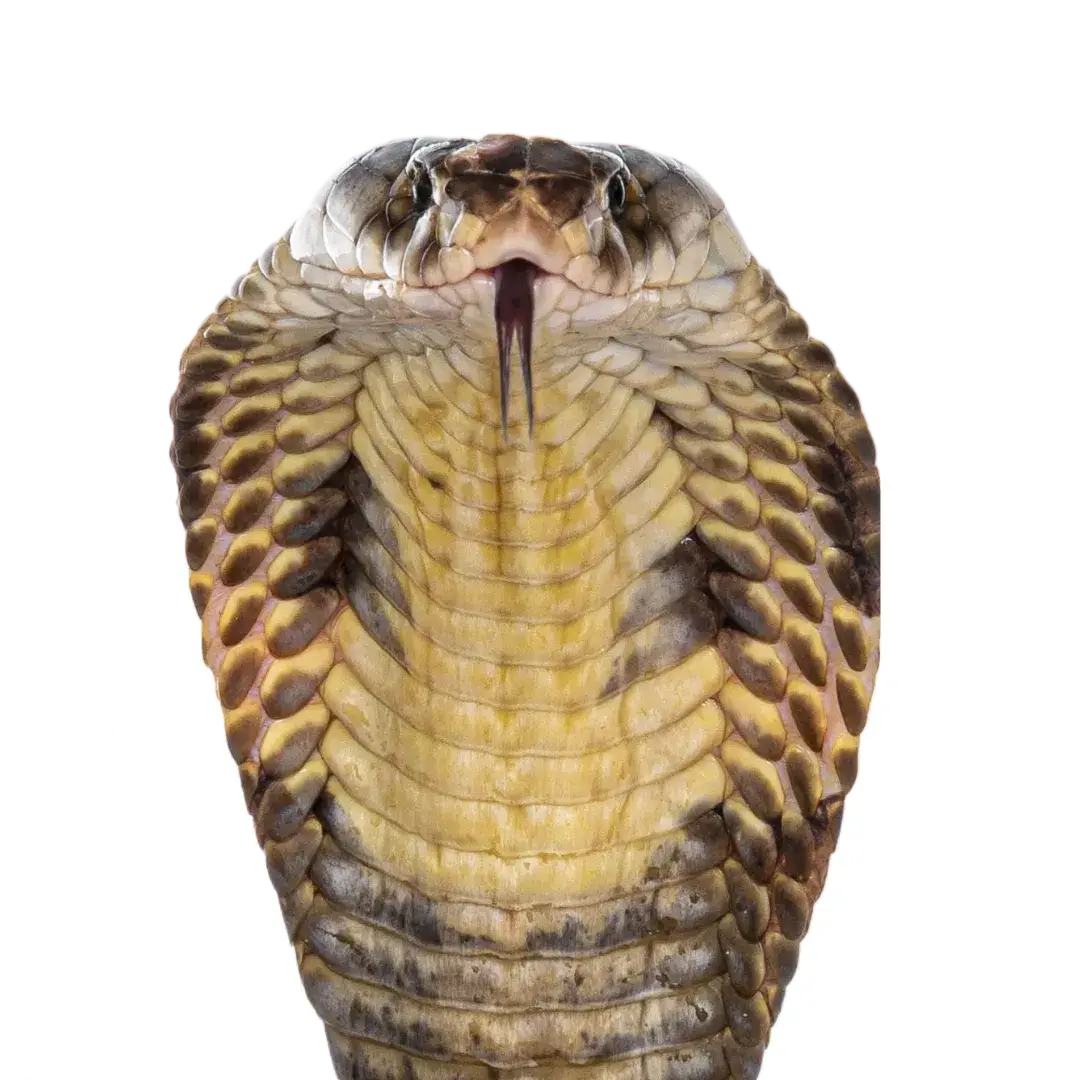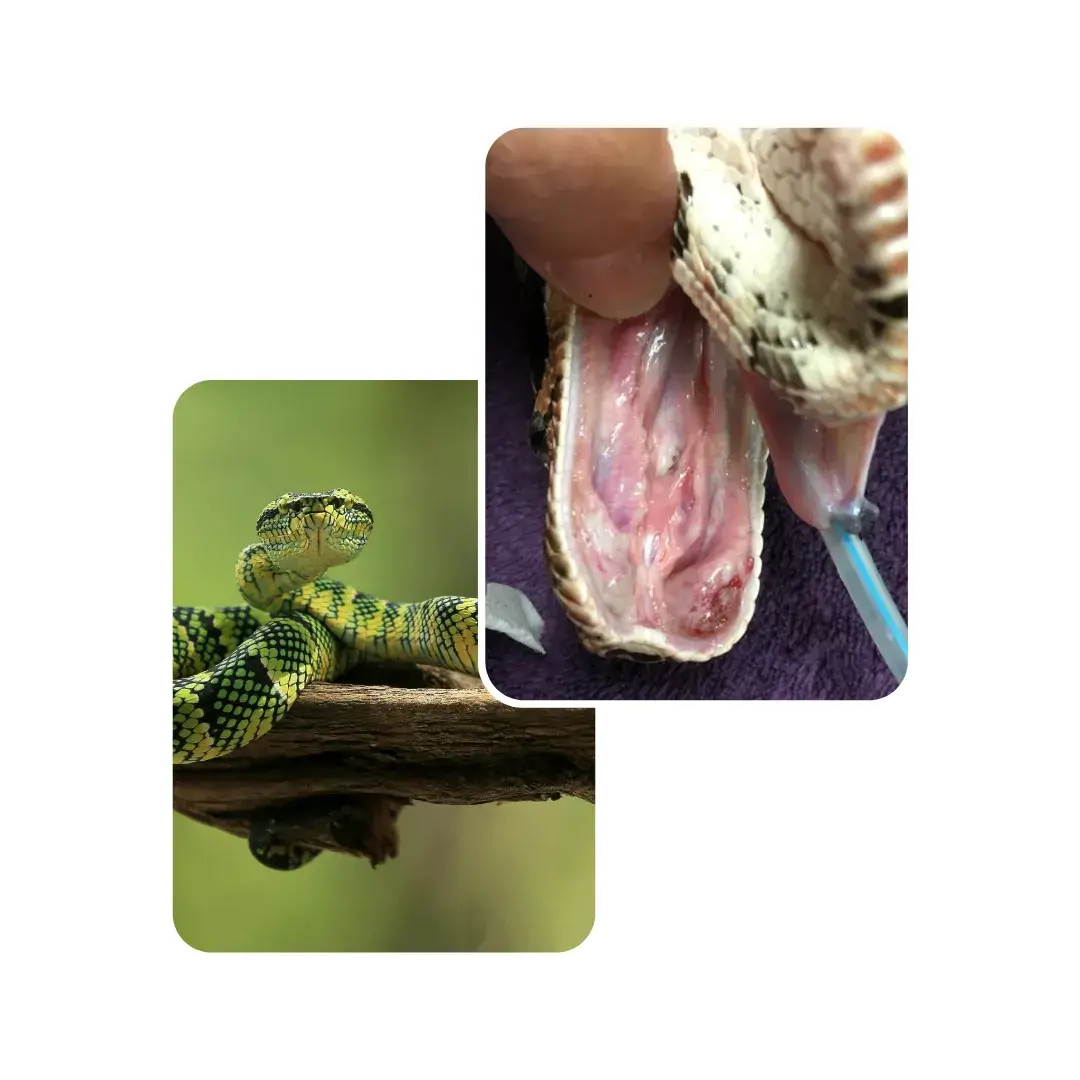

The bacteria causing it are common, so they don't "catch" it; rather, their immune system fails. However, isolate the snake immediately, as the environment is heavily contaminated.
No. Attempting to scrape the mouth risks injuring the delicate tissues, pushing the infection deeper and causing pain and stress. This must be done by a vet.
Since the infection is often deep-seated and the reptile's metabolism is slow, injections ensure the correct concentration of medication is delivered directly into the bloodstream for a longer period.
It is unlikely. Pain and swelling make eating impossible. Force-feeding must be done only under veterinary guidance and only after the infection is well under control.
Yes. Oral infection spreading to the lungs often results in fatal pneumonia. Also, severe cases can mask underlying viral conditions (like Iridovirus).
Your pet deserves expert care – Subscribe now for trusted tips and updates from our pet experts.
